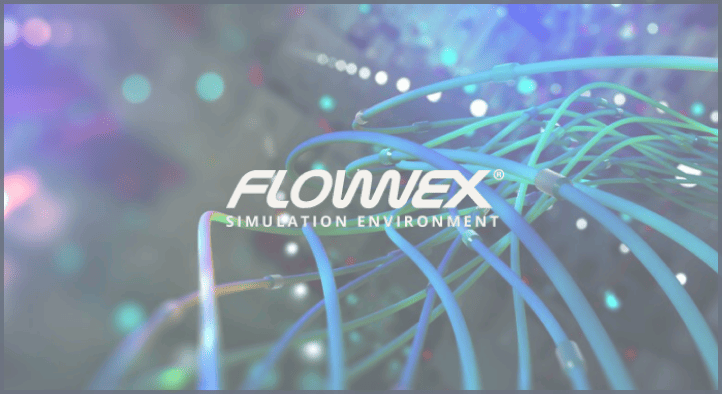Printed circuit boards (PCBs), ICs and IC packages are used in almost all electronic products across all industries: automotive, A&D, consumer electronics, healthcare and energy. With electronics...
Join our 1,770 subscribers
04/20/2023
More Info



Most of our customers receive their support over the phone or via email. Customers who are close by can also set up a face-to-face appointment with one of our engineers.
For most locations, simply contact us: